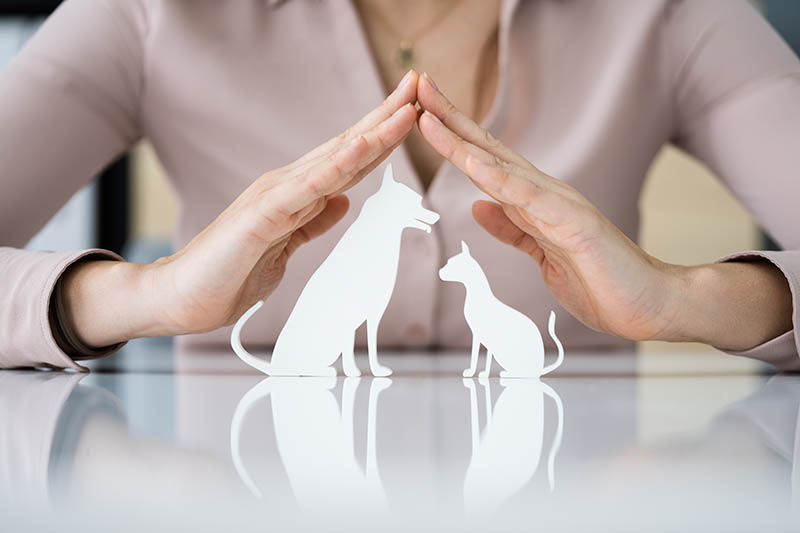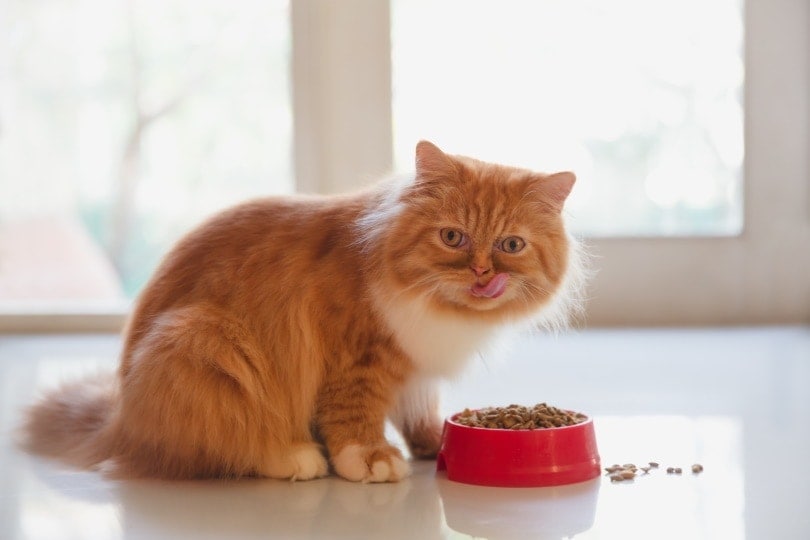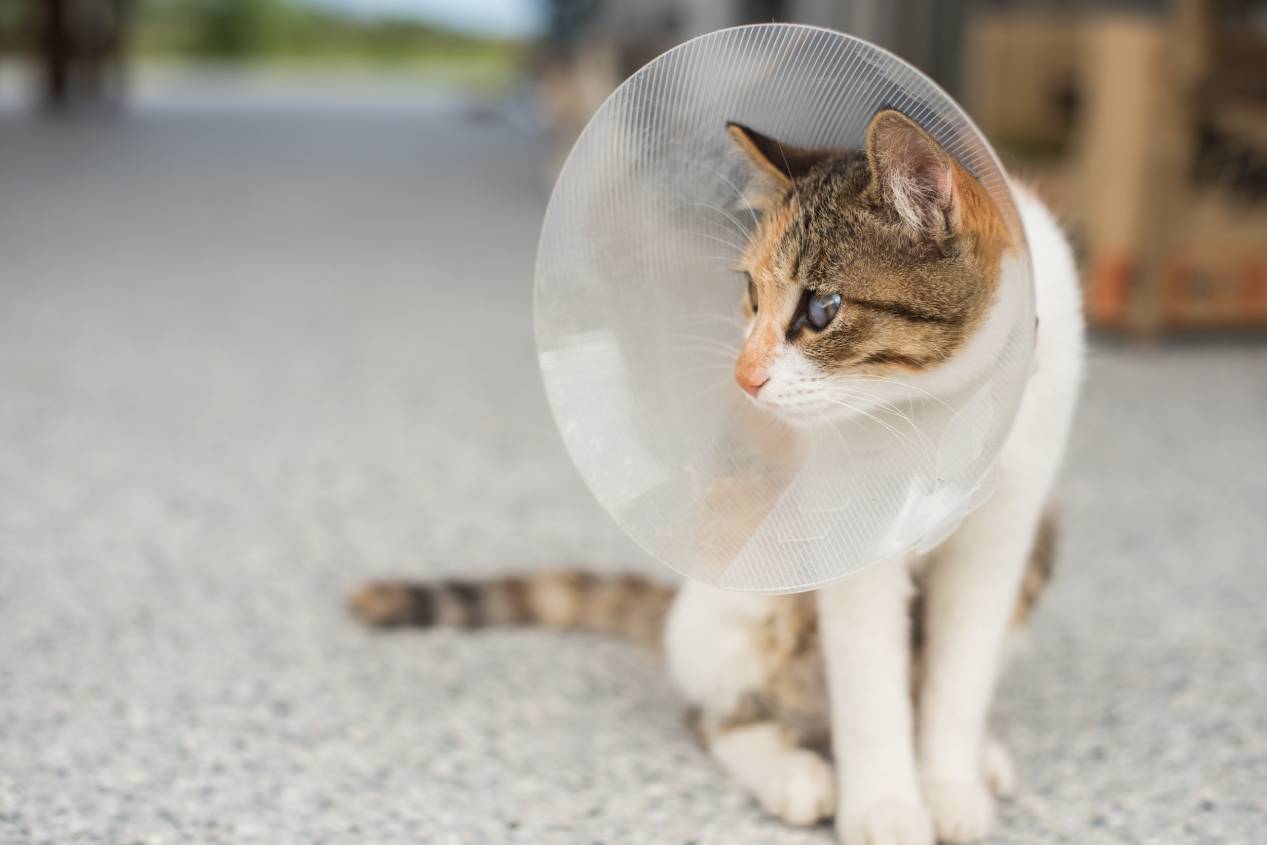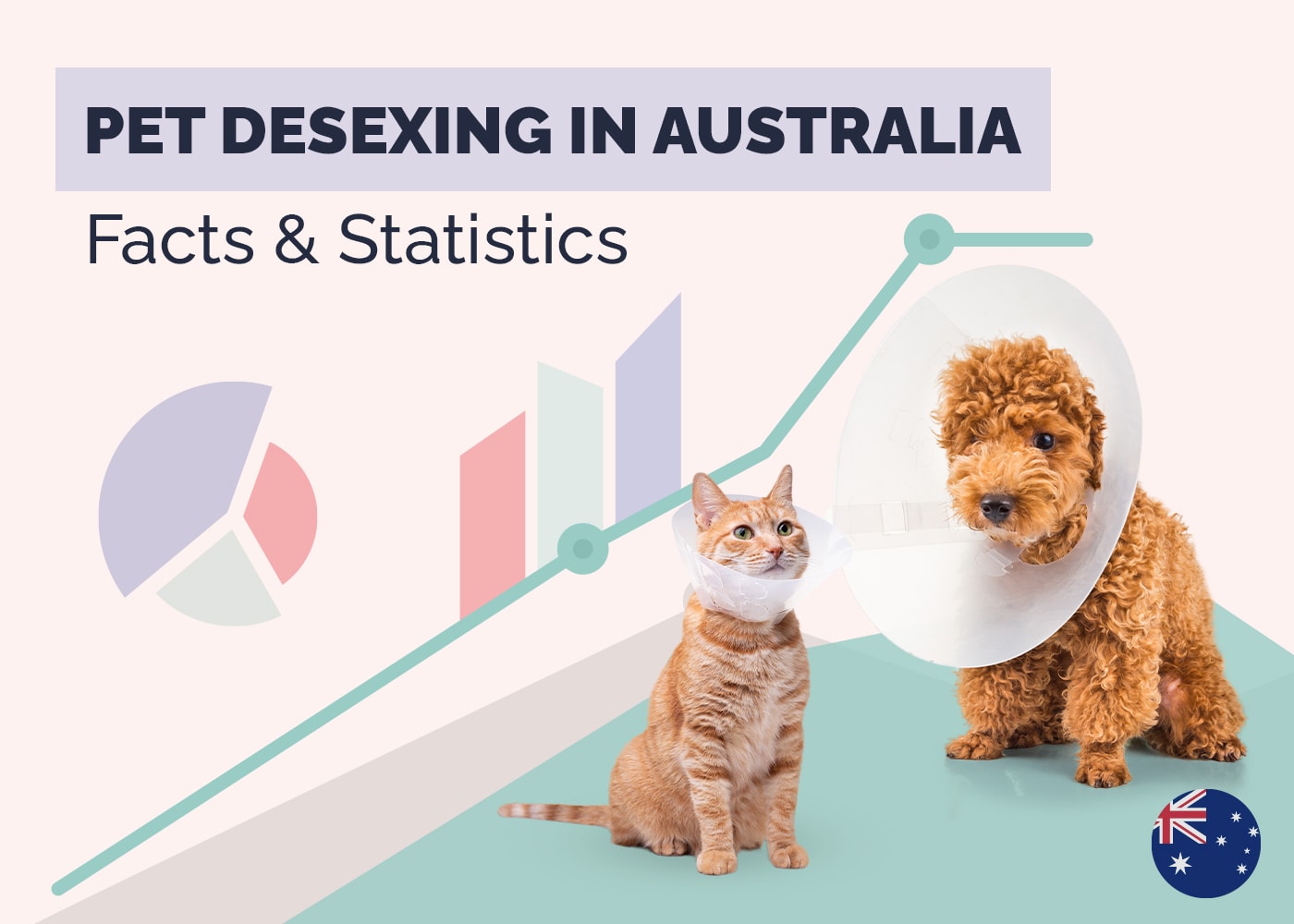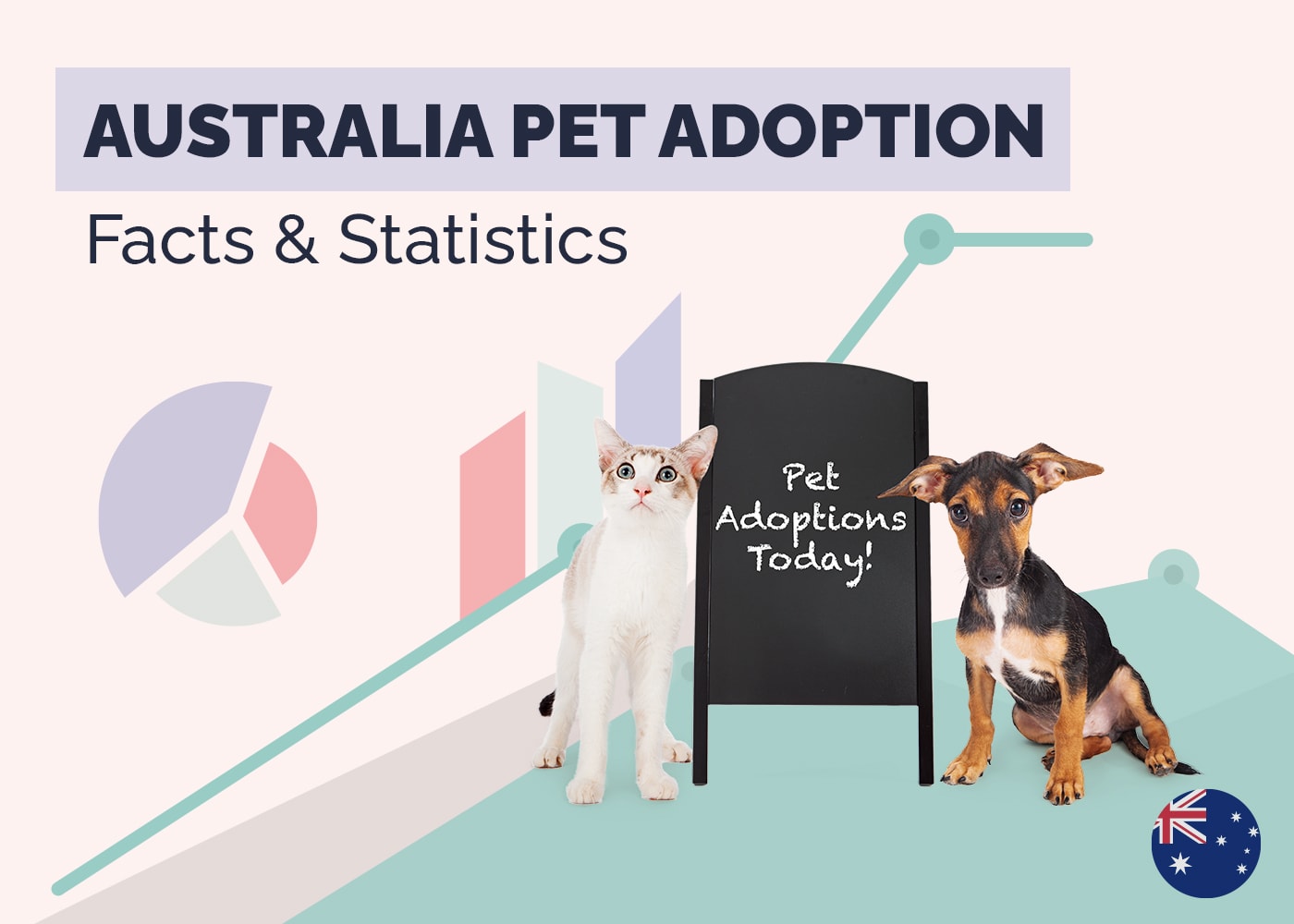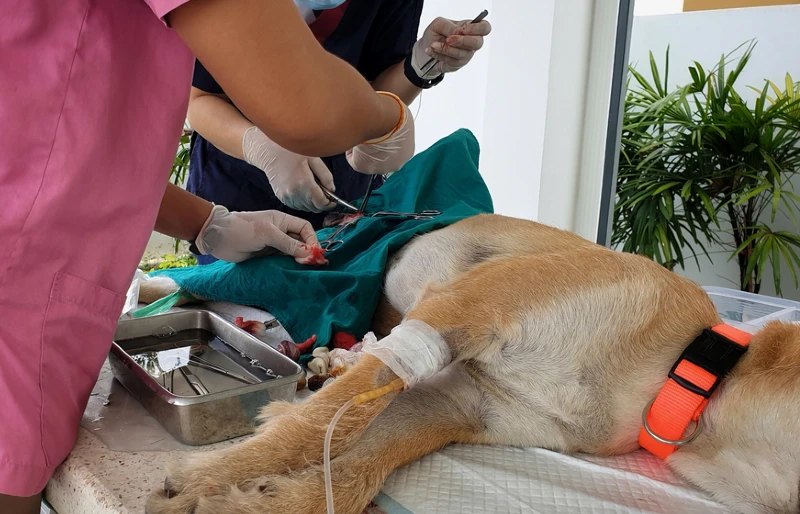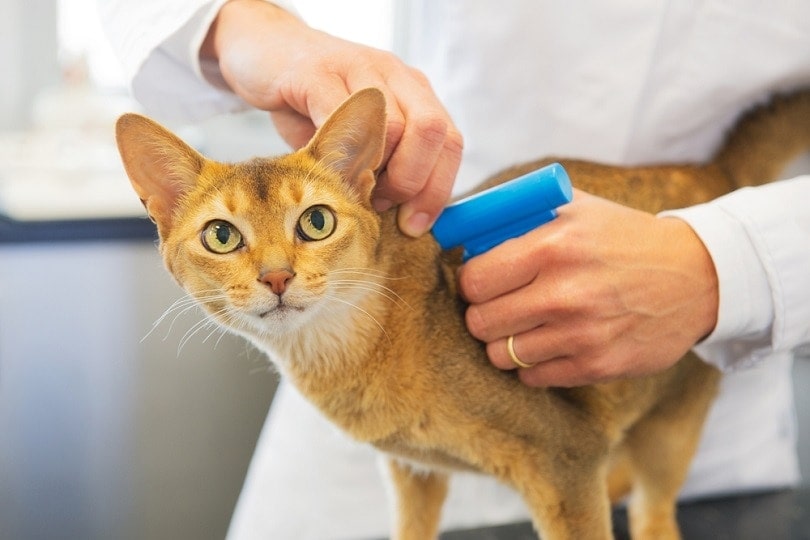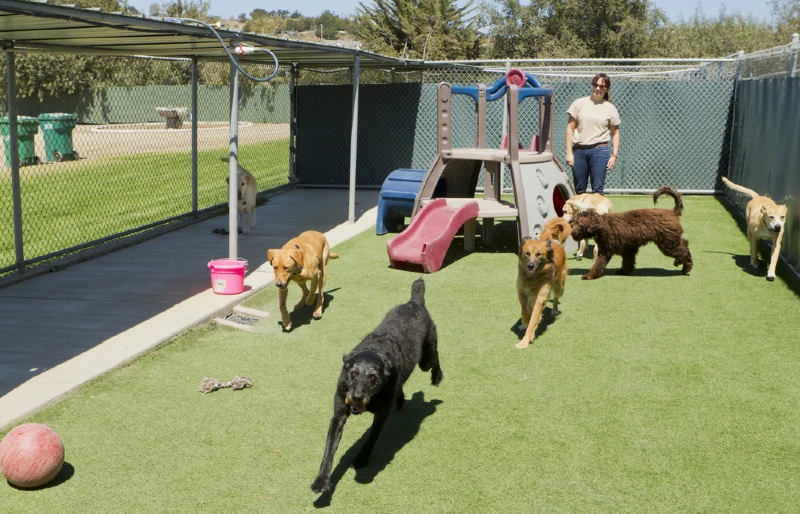15 Surprising Australia Pet Industry Statistics & Facts: 2024 Update
By Jordyn Alger
Updated on
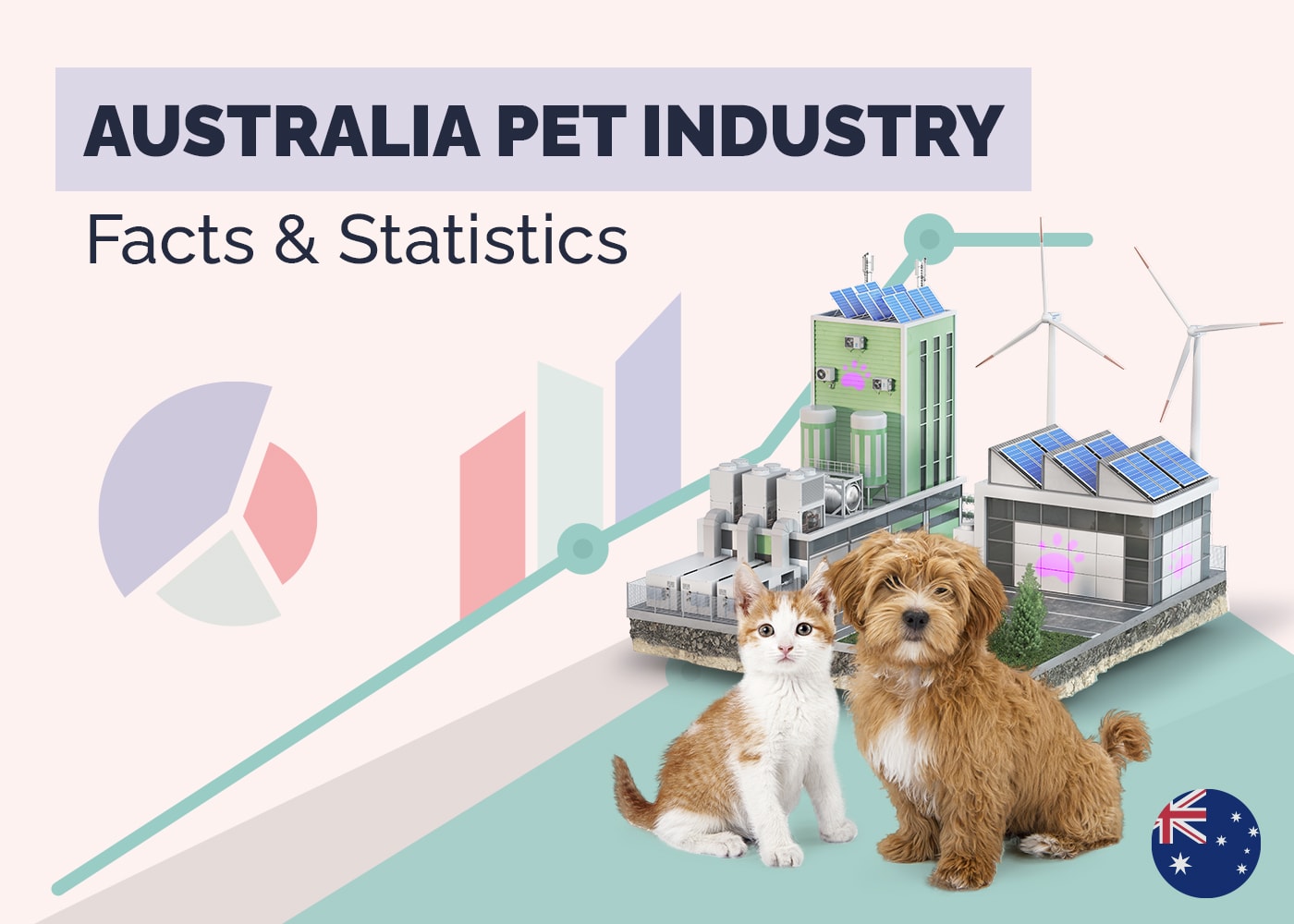
Click to Skip Ahead
Note: This article’s statistics come from third-party sources and do not represent the opinions of this website.
Pets are among our dearest companions. They are our friends and confidantes, making them a part of our families. It is no surprise that in many countries, the market size of the pet industry is projected to continue climbing, and Australia is no exception to this prediction.
In addition to the pet industry as a whole, the pet food industry and the pet insurance industry are also seeing growth in Australia. Whether you are a pet owner in Australia or a pet product seller, brushing up on these statistics will help you to anticipate the oncoming trends in the Australian pet industry.
Top 15 Australia Pet Industry Statistics
- Australia has over 29 million pets.
- The pet and pet supplies industry’s market size is nearly $4 billion.
- Around 40% of Australians acquired their pet from an animal shelter.
- Nearly 40% of Australian pet owners own a dog, while 27% own a cat.
- The market size of the pet industry is projected to increase by 14.8%.
- Dogs are the most popular pet in Australia, with over 5 million across the country.
- Between 2017 and 2022, the pet industry has grown an average of 6.7% annually.
- Cats are the second-most popular pet in Australia, with nearly 3.8 million pet cats in the nation.
- From 2022–2027, it is projected that the Australian pet food industry will increase in value by 2.7%.
- On a per capita basis, Australians are the top spenders of pet food.
- The average veterinary care visit is $500–$600.
- Around 30% of dog owners and 21% of cat owners have pet insurance.
- Dog owners spend around $2,000 in pet insurance per year, whereas cat owners spend about half of that.
- Only 23% of pet owners report that they haven’t taken their pet to the vet within 12 months.
- Until 2027, the value of the veterinary health market is expected to increase by a rate of 9.75%.

Overall Pet Industry Trends
1. Australia has over 29 million pets.
(RSPCA)
Australia has one of the highest pet ownership rates in the world, with approximately 61% of all households in the country owning at least one pet. Some of the most common demographics in Australia that own pets are women (64%), those with incomes of $50,000 or more (65%), and 18–24-year-olds (75%). Among families with children over the age of 6, over 75% own a pet.
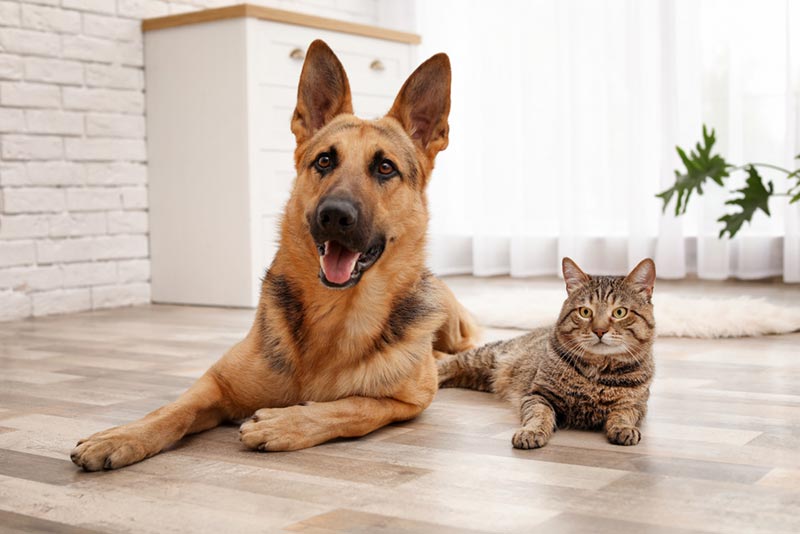
2. The pet and pet supplies industry’s market size is nearly $4 billion.
(IBIS World)
Currently, the pet and pet supplies industry in Australia is valued at $3.7 billion. Demand from online shopping has been one of the chief growth factors of the industry in recent years, and as Australian household discretionary income increases, so do the chances of increasing pet and pet supplies sales.
3. Around 40% of Australians acquired their pet from an animal shelter.
(Statista)
Last year, nearly two out of five Australians adopted their pets from an animal shelter. The more that people adopt from shelters, the more animals are spared from a probable and tragic euthanization. This also opens up more capacity at shelters to house other homeless animals and help them find forever homes.
Likewise, there are financial benefits for new pet parents. Generally, shelter or adoption pets are much cheaper than pets purchased from a breeder. Similarly, most adopted pets have already been microchipped, vaccinated, and sterilized by the shelter, further saving Australian pet parents from paying extra veterinary fees.
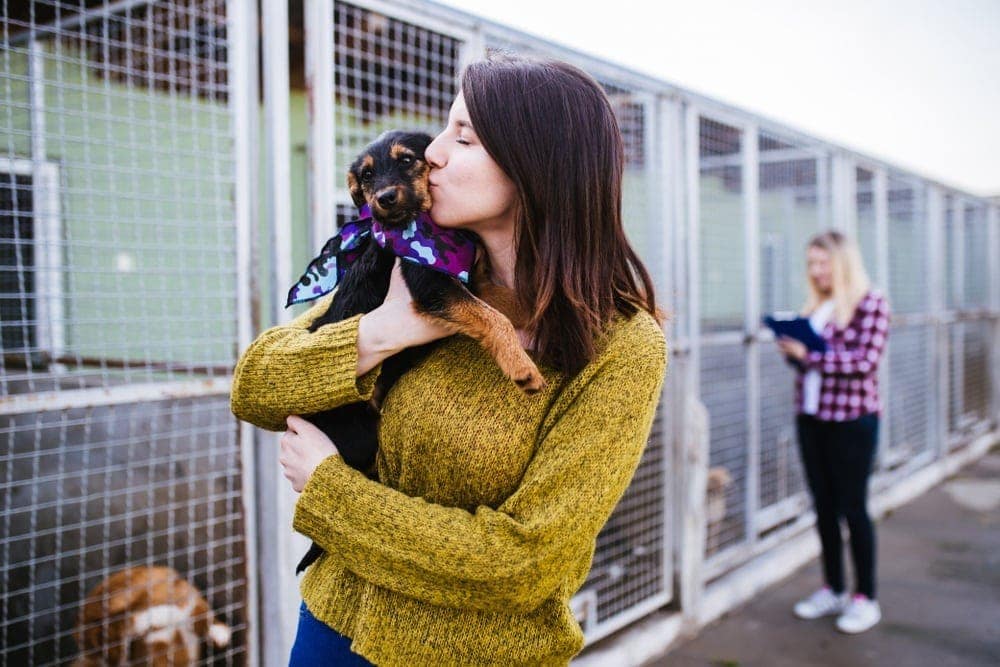
4. Nearly 40% of Australian pet owners own a dog, while 27% own a cat.
(Animal Medicine Australia)
Dogs and cats are the two most popular pets in Australia. These two popular pets are followed by fish at 11%, birds at 9%, small mammals at 3%, and reptiles at 2%. Around 60% of dog and cat owners view their pets as equal members of the family and spend an average of 3–4 hours with their furry family member each day.
This mentality could contribute to the heightened surge of money spent on pets in 2019 when the pet industry saw a 1 billion dollar increase from previous years.
5. The market size of the pet industry is projected to increase by 14.8%.
(IBIS World)
In 2022, the pet industry market size was expected to increase by 14.8%, meaning it has performed well compared to many other economic sectors in Australia. For instance, the growth of the pet and pet supplies industry has outpaced the consumer goods and services industry.
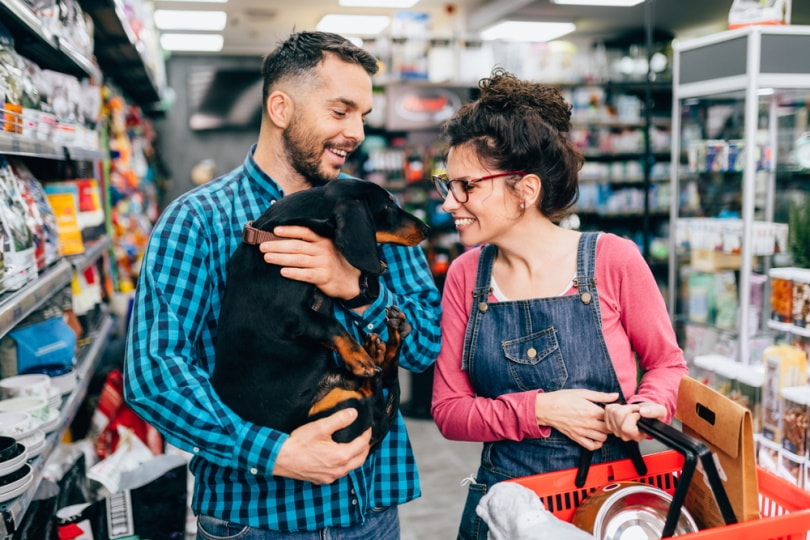
6. Dogs are the most popular pet in Australia, with over 5 million across the country.
(Animal Medicines Australia)
The average number of dogs per household in Australia is 1.3. There has been a slight trend in recent years towards single-dog families, as the number of multiple-dog homes has declined.
Likewise, the popularity of pure-breed dogs has decreased as designer and mixed breeds are becoming more popular. Across the nation, 62% of households have owned at least one dog, including 56% of those that are currently pet-free households.
7. Between 2017 and 2022, the pet industry has grown an average of 6.7% annually.
(IBIS World)
Over the past 5 years, the market share of the pet and pet supplies industry has seen a steady increase, with the largest jumps happening from 2020–2021 and 2021–2022. This growth rate has placed the industry a step ahead of the rest, as the pet and pet supplies industry has grown more on average than the Australian economy.
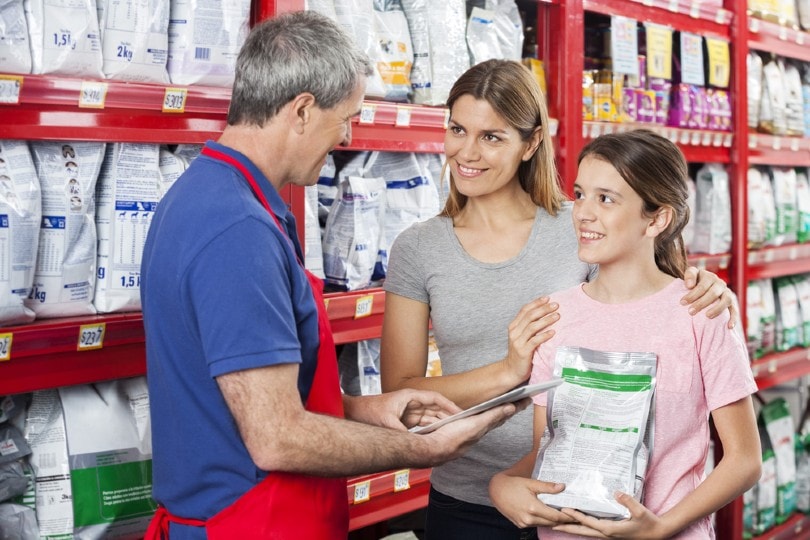
8. Cats are the second-most popular pet in Australia, with nearly 3.8 million pet cats in the nation.
(Animal Medicines Australia)
As mentioned, cats are the second most popular pet in the nation. Among cat owners, the average number of cats per household is 1.4, and 43% of Australian households have owned a cat at one point. This includes the 41% who do not currently own any pets. A large majority of cats owned in Australia are mixed breeds, at 71%. Many cat owners are also uncertain of their pets’ breed.
Pet Food Industry Trends
9. From 2022–2027, it is projected that the Australian pet food industry will increase in value by 2.7%.
(Mordor Intelligence)
The Australian pet food market includes dry foods, wet foods, veterinary diets, treats, and other products. This is a vital industry for pet owners, as they depend more on processed pet foods. For this reason, it is no surprise that pet food industry profits in Australia are projected to increase within the next 5 years.
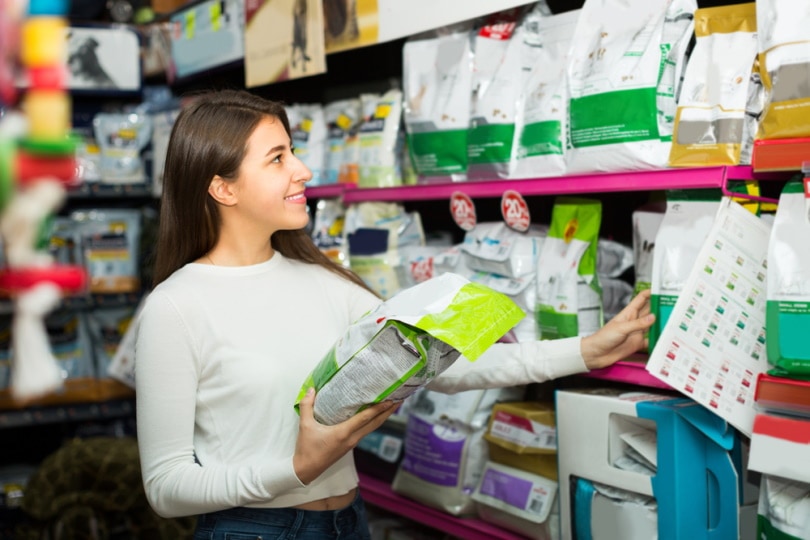
10. On a per capita basis, Australians are the top spenders of pet food.
(Mordor Intelligence)
With the increase in pet humanization, disposable incomes, and the overall number of pets across the country, it is only natural that Australians would spend plenty on pet food. In fact, Australians are currently the top global spender of pet food on a per capita basis.
Pet Insurance and Veterinary Health Industry Trends
11. The average veterinary care visit is $500–$600.
(Statista)
Veterinary care expenses are no joke in Australia, as the average cost per visit can range from $500–$600. The most expensive treatments, such as care for tick paralysis or snake attacks, could cost pet owners an average of $23,000. Due to the high costs, pet insurance is prevalent.
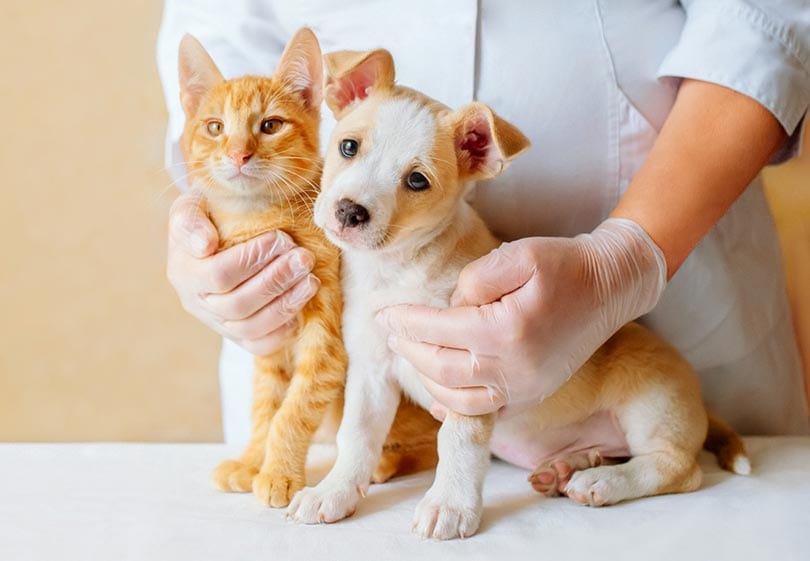
12. Around 30% of dog owners and 21% of cat owners have pet insurance.
(RSPCA)
Around $13 billion was spent on pet products and services in 2019, with 30% going towards pet insurance, grooming, boarding, training or behavioral therapy, alternative healthcare methods, and other miscellaneous expenses.
13. Dog owners spend around $2,000 in pet insurance per year, whereas cat owners spend about half of that.
(RSPCA)
As of 2019, it is estimated that dog owners spent the most on pet insurance, with an average of $1,627 spent per dog annually. Cat owners spend around $962 for each cat annually.

14. Only 23% of pet owners report that they haven’t taken their pet to the vet within 12 months.
(Statista)
Pet health care is critical to Australians. Only around a quarter of pet owners have not taken their pet to the vet within the year, whereas 15% report that they have taken their pet once and 15% say they have taken their pet twice.
15. Until 2027, the value of the veterinary health market is expected to increase by a rate of 9.75%.
(Mordor Intelligence)
Within the next 5 years, the market for veterinary healthcare is projected to rise. Much of this increase can be attributed to COVID-19, which caused a surge in pet ownership over the past few years. It is expected that the Australian veterinary health industry will continue to grow due to key investments from players such as Merck Sharp & Dohme Corp (MSD) Animal Health.

Frequently Asked Questions About the Australian Pet Industry
How Much Does It Cost to Import a Dog or Cat to Australia?
If you are planning to move to Australia or bring your pet to the country, you will need to know what to expect in terms of expenses. There is a minimum baseline price, but the ultimate cost will largely depend on any additional fees that may be tacked on. Such fees can include necessary parasite treatments, veterinary exams, and medical care if it is suspected that your pet is carrying any diseases. Likewise, the transportation costs will vary by airline.
However, the minimum cost to import your pet and enroll them in the required 10-day quarantine is $2,000. All fees are subject to change, so be sure to contact a representative to check for any updates or amendments.
Which Cats Cannot Be Brought into Australia?
Some cats are not permitted to be brought into the country, including domestic/non-domestic hybrids. Examples of this include, but are not limited to, Savannah cats, Safari cats, Bengal cats, and Chausie cats.
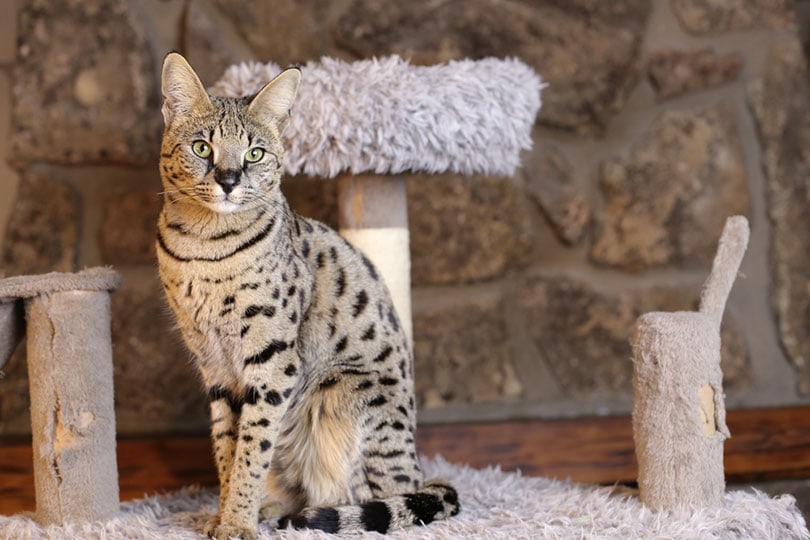
Which Dogs Cannot Be Brought into Australia?
Dogs that cannot be brought into the country include a few specific breeds, such as the Dogo Argentino, the Japanese Tosa, the Fila Brasileiro, the Pit Bull Terrier, and the Perro De Presa Canario.
Similarly, domestic/non-domestic hybrids are prohibited. This includes Czechoslovakian Wolfdogs, Saarloos Wolfdogs, Italian Wolfdogs, and Kunming Wolfdogs.
Who Is Least Likely to Own a Pet in Australia?
As popular as pets are in Australia, some residents are less likely to own pets. For instance, households in urban areas are less likely to own pets than those in rural areas. Other groups that are less likely to own pets include retirees, renters, and empty nesters.
What Is the Most Common Reason that Australians Get Pets?
There are many reasons that people may be motivated to bring a pet into the household. Some of the top benefits of having a pet include added joy and excitement in your life as well as improvements to your mental health and well-being. However, the most common motivation Australians cite for getting a pet is companionship.
Conclusion
The pet industry is trending upward in Australia as more people view their pets as an integral part of their families. These trends show potential for tremendous growth within pet supplies, pet food, and pet insurance industries. As the next generation continues to shower their pets with love and care, these trends will likely continue.
Featured Image Credit: BearFotos, Shutterstock


